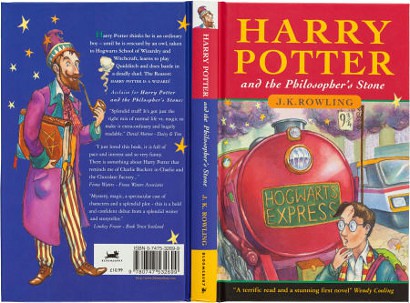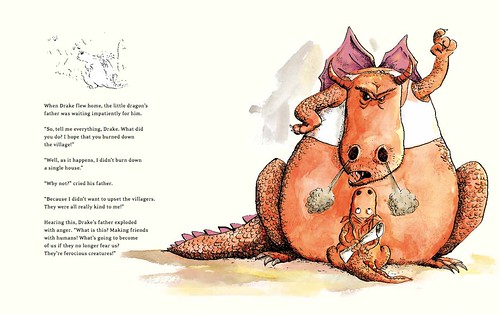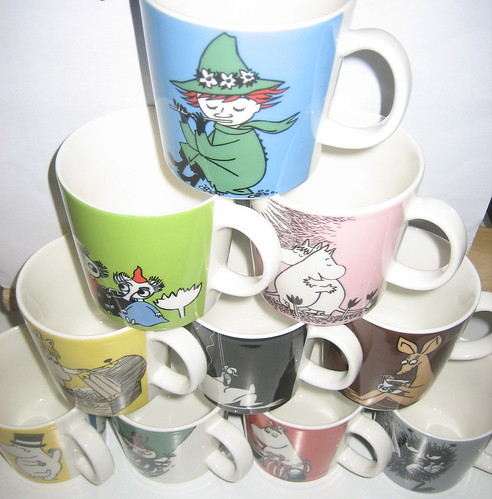We both had the same idea, the bookshop owner and I. At a not terribly well attended event at his bookshop many years ago, the visiting author waved a copy of Harry Potter and the Philosopher’s Stone about. It was a hardback, and the visitor was – how shall I describe him? – a bit old-fashioned and naïve. I suspect he didn’t truly grasp how big J K Rowling was. To him, she and her book were merely part of his somewhat unusual topic, which was the many British authors who had been teachers at some point in their lives.
That will be why two of us suddenly thought ‘what if that’s a first edition Harry Potter he’s got?’ We maneuvered ourselves into position to check, as discreetly as possible.
But no, it wasn’t. Phew. Probably.

One night recently when I wasn’t sleeping as soundly as I would have liked, I spent some time thinking about Harry Potter first editions. As you do. I have already mentioned that I know an author who appeared at the Edinburgh Book Festival alongside J K Rowling, and how the two new authors exchanged copies of their books with each other.
It struck me that there must be other categories of people who’d have [had] a first in their possession. Other than the lucky book buyers who actually did what one is supposed to do with books, which is find them and buy them and read them.
I’m guessing J K’s editor has one. Whether a publicist would hang on to a copy of a book they work on is less certain. And did she even have an agent? I think maybe not.
Thomas Taylor, the illustrator of the cover design, probably?
Then there are the reviewers. I wonder how many copies were sent out to them, back in 1997?
Libraries. Did they buy copies, and when Harry Potter went crazy, did they do anything with those books? They could have been worn out by then, of course.
Friends and family of the author?
How many of the above first editions ended up at Oxfam?
Then I must have fallen asleep again.
Our first two Harry Potter books were paperbacks, and I let them become Son’s (Daughter was too young at the time), but by book three I realised I’d need copies of my own, so quickly set about getting the first three books for me. I have just looked up Harry Potter first editions, and discovered that my catch-up edition is somewhat more respectable than I knew.
Takes a witch, I suppose.






